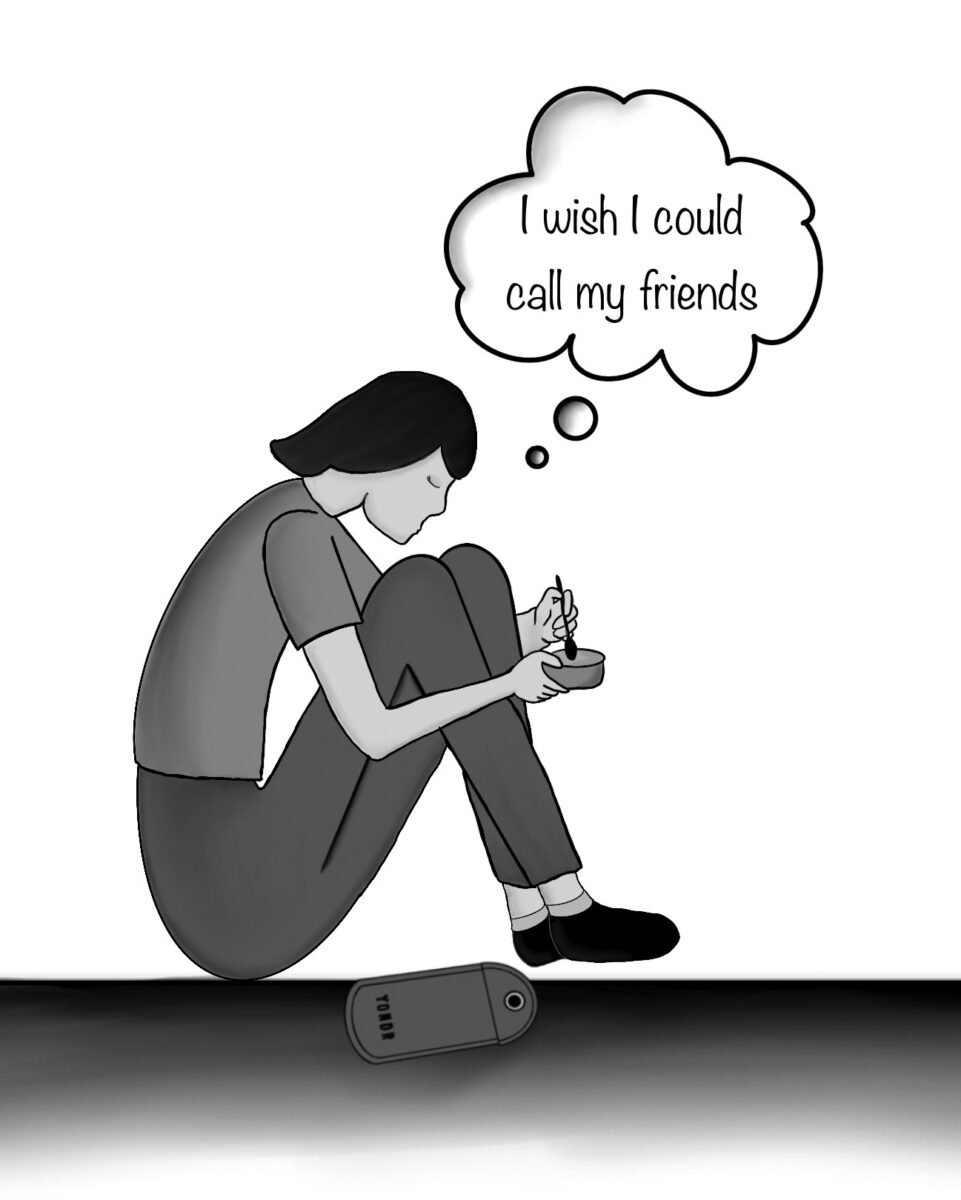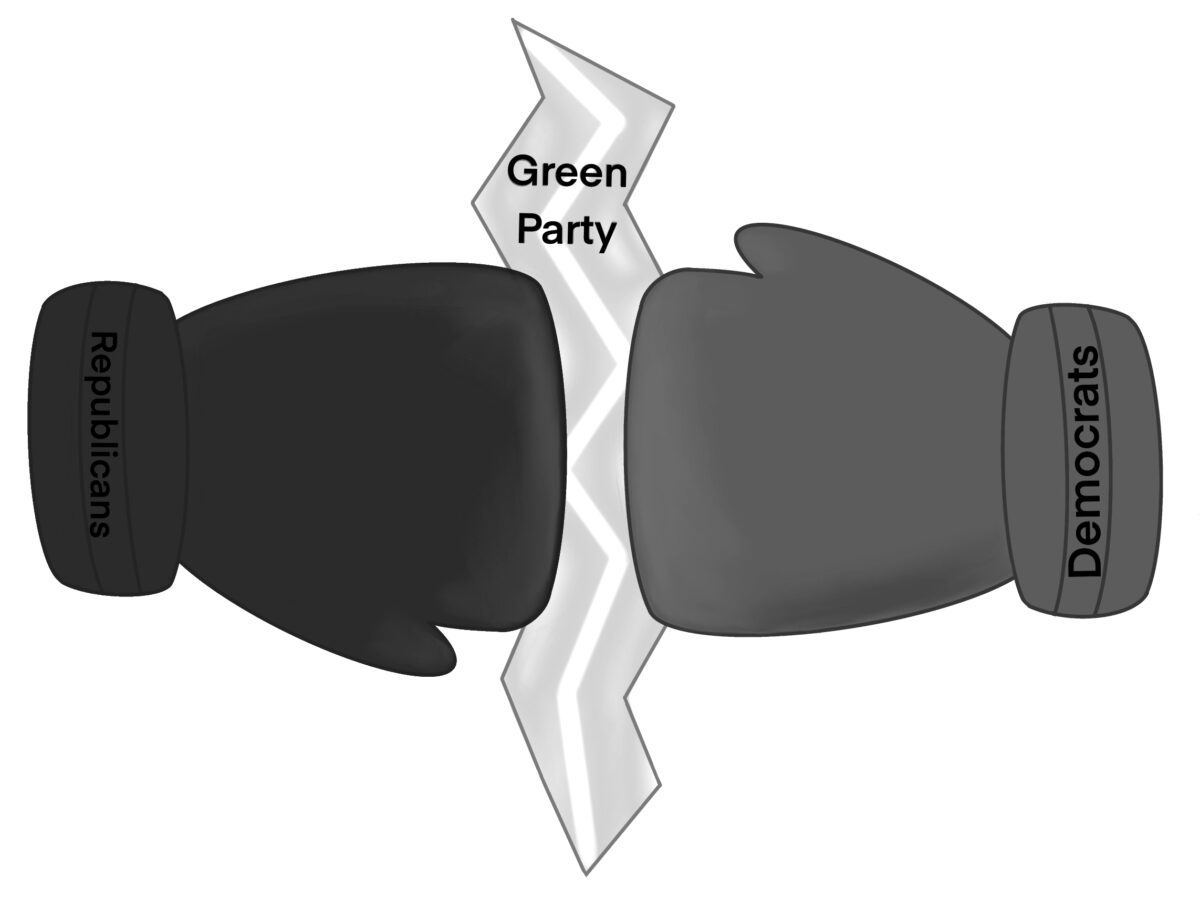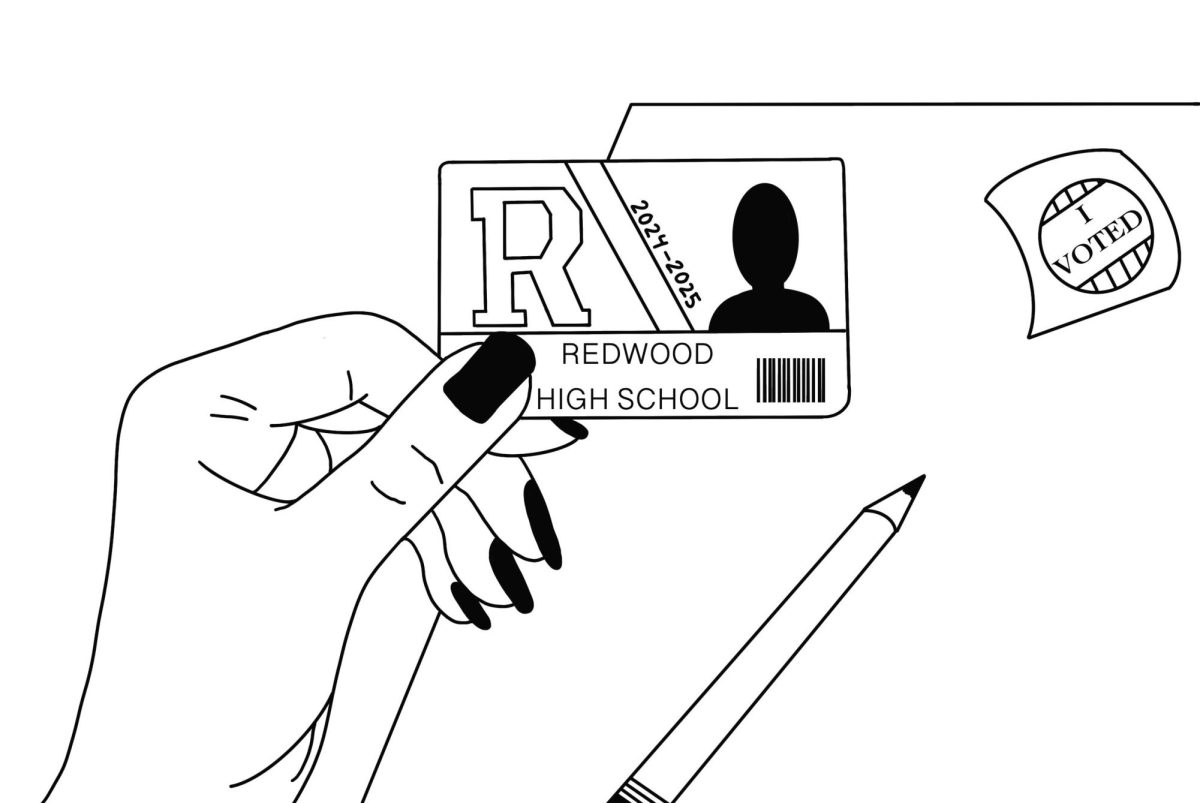Video games are evolving, and for the better. The sounds, the gameplay and the graphics are all improving. These are basic aspects that players love to see when experiencing a game for the first time. Unfortunately, the schemes that gaming developers are using to squeeze out as much money as they can from consumers are improving as well.
Currently, a new standard video game costs $60, and “deluxe editions,” which have some extra content that doesn’t enhance the user’s gameplay experience, are available at even higher prices. Usually, games will have downloadable content (DLC) or microtransactions that can be bought with real money. Both DLC and microtransactions act as expansions to a standard game.

The issue with loot boxes is currently twofold—players are concerned about gaming ethics, while certain governments are concerned that the loot boxes themselves constitute gambling, which is illegal for minors.
From the player perspective, gaming ethics oppose the pay-to-win model creating an uneven playing field by allowing players to purchase better weapons or access to unlock certain abilities giving them unfair competitive advantages. Gamers have always prided themselves on winning games through individual skill and experience, and the pay-to-win model means that money—not skill—wins games.
When gamers began to complain on Reddit about the new Electronic Arts (EA) game Star Wars Battlefront II being a pay-to-win system, the response posted by the EA community developers quickly became the most disliked comment in Reddit history, generating 673,000 thumbs-down votes.
Video games are meant to be fair and enjoyable while providing a consumer with sense of pride. In terms of morale, a player can gain a sense of accomplishment when they are able to complete the game’s objectives. With multiplayer, the goal is to test your skills against others’, similar to a sport in real life. You want to win, you want to do well and you don’t want to appear unsuccessful. By monetizing video games, personal improvement becomes based on how much extra money a player is willing to spend.
The recent uproar by players about EA’s greed-fueled deception has also created negative press around Star Wars Battlefront II. This forced Disney, the owners of the Star Wars franchise, to force EA to remove paying real money for loot boxes as an option. Now loot boxes can only be acquired through gameplay. But by then the damage was already done. Since then, EA has lost an estimated $3 billion in stock, clearly showing the distaste that players had for hiding the unfair loot box pay-to-win system. And now, consumers are worried that EA will just bring back the system once players come back thinking the pay-to-win is gone.
But, the pay-to-win model fundamentally undermines the purpose of a game. Just because someone decides to pay more money doesn’t mean that they should have automatic dominance in a multiplayer match. It ruins the experience of a player who doesn’t buy into transactions. It also ruins the trust between a business and its consumers.
Current backlash by consumers has prompted government gaming commissions to look into the loot box system itself as a form of gambling. Already, countries like Japan and China have regulations on the loot box system. According to The Verge, regulations now force developers to show the odds to getting certain objects when players are about to open a loot box.
Other government agencies around the world have made moves to ban loot boxes as the issues around Star Wars Battlefront II’s pay-to-win model increased. The Belgian Gaming Commission deemed loot boxes, won through gameplay or real money, as gambling and Hawaiian State Representative Chris Lee is also attempting to ban loot boxes for similar reasons.
However, the gambling aspect is not the most relevant piece of this argument, rather it is the monetization of success that allows players to expend their wealth on prizes, prizes which should be equally available to all. Banning the loot boxes on the grounds of gambling isn’t really the biggest issue. According to Victorian Responsible Gambling Foundation, gambling without money is fine and minors have to make good judgement with gambling when money is involved.
Some believe the only way to avoid a pay-to-win system is by increasing the price of video games themselves. But already, the price of $60 can be considered high among Redwood students; paying more would prevent them from buying future games. According to a recent self-reported Bark survey, 54 percent of students believe that the video game price of $60 should be lowered.
Ultimately, a pay-to-win system in a full-priced video game is destroying the game play and more importantly, the user experience. Paying your way to the top favors only those who can afford it, leaving out the majority of players who have the right to play. If gaming developers want to appeal to governments that believe loot boxes are gambling, then they should implement the system that Asian countries enforce: showing the chances of each reward inside each loot box, so players can evaluate the benefits of opening the box. This way, the habit of continually trying to receive a specific object at random can be reduced.
Given the negative feedback from the gamer community on recent pay-to-win models, like those embedded in the new Star Wars Battlefront II game, it’s clear that gamers don’t appreciate this monetization strategy. Game publishers should instead focus on becoming more invested on how to optimize players’ gaming experience. By having money dictate gameplay, rather than the player’s own developed skills, it is detrimental to the spirit of gaming.






